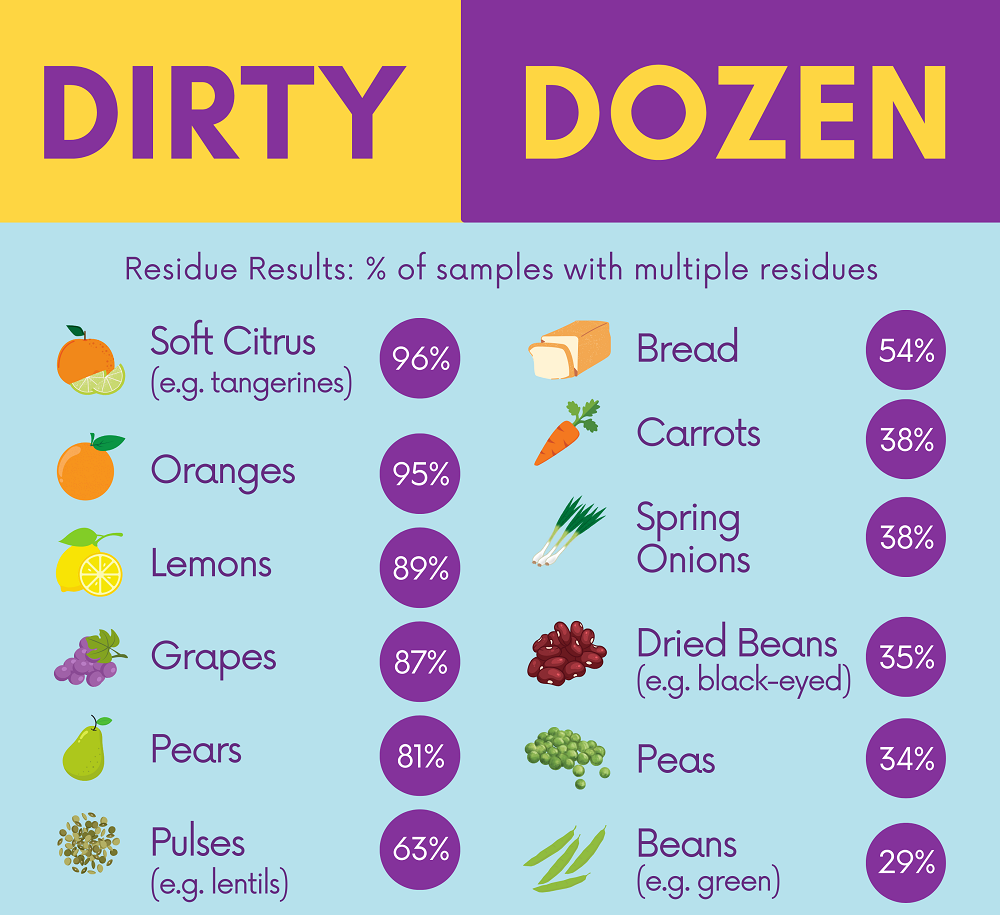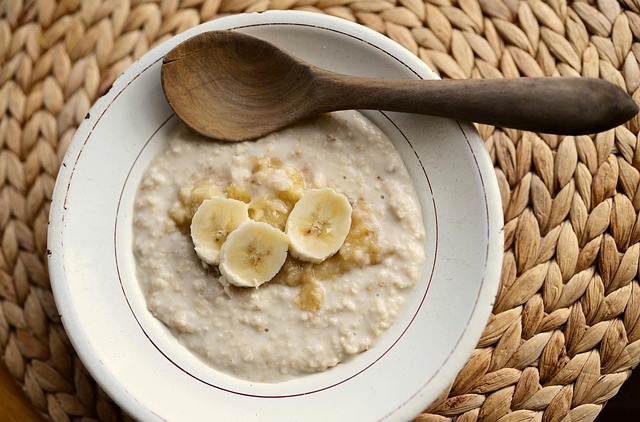Introduction: Smart Organic Choices for Budget-Conscious Parents
Walking down the baby food aisle presents a real financial challenge for most families. Tiny jars of organic food often cost more than adult meals, creating unnecessary stress. Fortunately, 2025 brings new research that simplifies organic feeding decisions.
Recent studies from the Pediatric Nutrition Institute reveal strategic organic choices can reduce costs by 60% while maintaining nutritional benefits. As pediatric nutritionist Dr. Sarah Chen explains, “Smart selection matters more than buying everything organic.”
This guide provides practical 2025 strategies for affordable organic feeding. You’ll learn which foods deserve organic investment and where conventional options work perfectly.

Understanding the 2025 Organic Landscape
Debunking Common Organic Myths
Many parents believe organic always means healthier, but research tells a different story. A comprehensive 2024 USDA study examined 15,000 food samples with surprising results:
- Nutritional differences remain minimal in most cases
- Pesticide levels vary significantly by crop type
- Low-pesticide conventional foods pose little health risk
Consequently, parents can make informed choices rather than feeling pressured to buy everything organic.

Updated 2025 “Dirty Dozen Clean Fifteen” Guide
This year’s Environmental Working Group list helps prioritize your organic spending:
Worth the Organic Investment:
- Strawberries (highest pesticide levels)
- Spinach and leafy greens
- Kale and collard greens
- Apples and pears
- Grapes and cherries
- Peaches and nectarines
Safe Conventional Choices:
- Avocados and bananas
- Pineapple and mangoes
- Sweet corn and peas
- Onions and mushrooms
- Cabbage and asparagus
7 Practical Budget Strategies for 2025
1. Selective Organic Purchasing
This approach focuses organic spending where it matters most. For example, buy organic berries but conventional bananas. This strategy reduces pesticide exposure by 85% while cutting costs significantly.
Implementation tip: Create a shopping list that identifies priority organic items before you shop.
2. Embrace Frozen Organic Options
Frozen organic vegetables offer excellent value while maintaining nutritional quality. Modern flash-freezing preserves up to 95% of nutrients, making frozen options often superior to fresh produce that loses nutrients during transport.
Best frozen buys: Organic peas, spinach, and mixed vegetables cost 40-60% less than fresh equivalents.
3. Master DIY Organic Purees
Homemade organic baby food provides substantial savings. A sweet potato puree costs approximately $0.25 per serving compared to $2.50 for jarred equivalents.
Time-saving tools: Consider affordable steam-blend systems that simplify preparation. Batch cooking and freezing in portion-sized containers saves time and money.
4. Buy Seasonal Organic Produce
Purchasing organic during peak season reduces costs by 30-50%. Seasonal buying ensures better flavor and lower prices.
Seasonal guide:
- Spring: asparagus, peas, leafy greens
- Summer: berries, stone fruits, zucchini
- Fall: apples, pears, squash
- Winter: citrus, root vegetables
5. Join Cooperative Buying Groups
Neighborhood parenting groups increasingly pool resources to buy organic in bulk. These cooperatives negotiate better prices directly with farms.
Success story: The Portland Parents Co-op saves members 40% on organic produce through quarterly bulk orders.
6. Choose Store Brand Organics
Store-brand organic options now match national brand quality at 30% lower prices. Major retailers like Target, Walmart, and Costco offer reliable store-brand organic lines.
7. Start a Mini Kitchen Garden
Even small spaces can produce high-value organic foods. Container gardening works well for herbs, cherry tomatoes, and leafy greens.
Easy starters: Basil, parsley, and cherry tomatoes thrive in pots with minimal space.
Age-Appropriate Organic Strategies
4-6 Months: First Foods
Prioritize organic for single-ingredient purees since early foods typically come from high-pesticide crops.
7-9 Months: Expanding Variety
Adopt a mixed approach, combining organic priority items with conventional clean options.
10-12 Months: Family Foods
Use organic strategically in exposed foods while incorporating more conventional items into mixed dishes.
Helpful Resources and Tools
Several excellent resources support affordable organic feeding:
- Environmental Working Group (ewg.org) provides updated pesticide guides
- Local farmers markets often offer affordable organic options
- Community supported agriculture (CSA) programs provide seasonal produce
For more feeding guidance, explore our [Feeding Tips category] with practical advice for every stage.
Conclusion: Balanced Nutrition Within Reach
Organic feeding doesn’t require financial stress or perfectionism. As 2025 research confirms, strategic choices provide excellent nutrition while respecting your budget.
Remember that your presence at mealtimes matters more than perfect food choices. Focus on creating positive feeding experiences rather than organic perfection.


